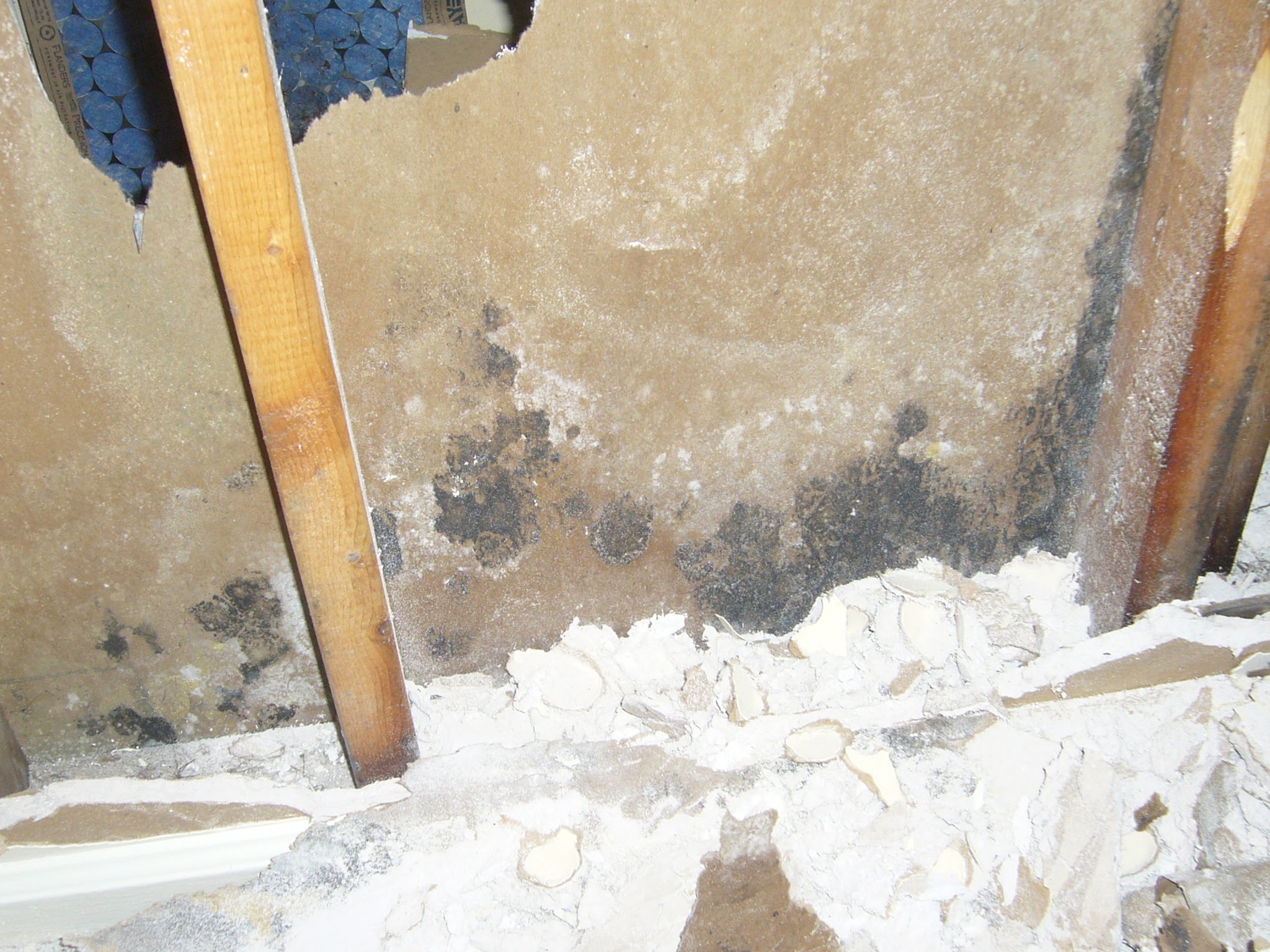Right here down the page you'll find additional quality information about Common Causes of Water Damage in a Bathroom.

The shower room is exceptionally at risk for wet accumulation and potential water damage due to the frequent use of water in it. This short article provides easy assessment methods to assist finding water damages dangers.
The regular use water in the shower room makes it very prone for damp build-up as well as prospective water damage. By examining it routinely, you can reduce water related problems.
The adhering to collection of assessments is simple to do and need to be done as soon as in every 3 months in order to maintain your washroom healthy and to avoid prospective water problems brought on by the bathtub, the shower, pipe joints as well as plumbing, sinks, cabinets, and also the bathroom
Do not overlook carrying out these evaluations and be comprehensive while performing them. Remember that these straightforward examinations can save you a great deal of money by offering early signs for water damages
Sinks as well as Cabinets
Sinks and cabinets are revealed to wetness and moisture everyday and also are often overlooked. Evaluate on a regular basis under the sink as well as on the countertop over it. Repair any drip in the catch as it may recommend drain problems. Check out the sink, slow draining pipelines may indicate a blocked drain. Change sink seals if they are cracked or loosened.
Tub and also Shower
The shower as well as bathtub call for special focus as well as upkeep. Inspect the tiles as well as change if broken. Make sure that there is no missing cement between the floor tiles. Examine and also replace fractured caulking at joints where the walls satisfy the floor or the tub. Obstructed drains and also pipes troubles will protect against the bathtub from drying out as well as might suggest significant problems underneath the bathtub. Talk to a professional right away to stop structural damage. Take notice of discolorations or soft locations around the bath tub walls as they might indicate an inner leakage.
Plumbing
Signs for water damage are difficult to detect because the majority of pipes are set up inside the wall surfaces.
Pay unique attention to floor covering and also walls dampness and spots as they might show an undetectable plumbing trouble. Check wetness degrees in adjacent rooms also.
The Commode
The commode is a susceptible water junction. Examine the water lines and also search for leaks around the bathroom seat, in the tube, and also under the water tank. If you discover any kind of signs of moisture on the floor around the bathroom, look for leakages in the toilet rim and storage tank seals.
Know that hanging commode dish deodorants increases the possibilities for blockages.
Water Damage Signs In The Bathroom To Avoid Cleanup
Musty smell
This is one of the easiest signs to catch because musty smells are so odorous. The damp, earthy, moldy smell should be a big red flag. The smell will develop when moisture gets trapped in surfaces, and begins to facilitate mold growth. Leaking pipes under cabinets, inside walls, and behind shower fixtures will cause moisture to stay trapped and not dry, which will lead to mold growth and spread. As soon as you notice any musty smells in your bathroom, have it checked for hidden water damage and cleanup signs.
Visible mold
If the smell isn’t there to give it away, sometimes you will actually see mold growth. Finding mold in your bathroom is a serious problem, because mold is very harmful to your health. By the time mold growth is visible, it also means that water damage has already occurred and been present for some time. The only way the mold problem can be resolved is to find the source of the moisture and get it stopped. To safely and adequately remove mold, you need to have professionals handle the remediation. Do not waste any time in getting mold problems addressed, fixed, and sanitized so that you can protect you and your family from the many respiratory symptoms caused by mold exposure.
Damaged floors
Bathroom floors should be able to withstand some exposure to water while still remaining in good condition. However, when excess exposure or water leaks occur, they will begin to damage even the most water-resistant flooring. If you notice any cracking, bubbling, staining, or warping on your bathroom floors, there is probably a water leak somewhere causing the distortion. If you notice areas of the floor have become softer, or even have a spongy feeling, there is probably damage to the subfloor. Subflooring is typically made up of plywood. When plywood is exposed to water or moisture, it will absorb it. Once it has become saturated, the weight of the excess water will cause the wood to swell and soften. Check the floors in your bathroom frequently to catch any of these sings before they lead to damaged subflooring.
Changes on walls
When water leaks behind walls, it will cause changes in the drywall. Peeling plaster, blistering paint, and soggy wallpaper are all good indicators that excess water is building up behind the wall. Water leaking behind drywall will cause it to swell and be soft to the tough. If you start to notice gaps along the trim of your walls, or where tile meets the wall, it could also be a strong indicator that there is a leak behind the wall. Any changes, distortion, or damage on the walls should be evaluated as soon as you notice it to prevent further water damage and cleanup.

I came across that page on Common Causes of Water Damage in a Bathroom while looking around the web. Do you know about somebody who is excited about the niche? Please feel free to share it. Thanks a lot for your time invested reading it.
Course Detail